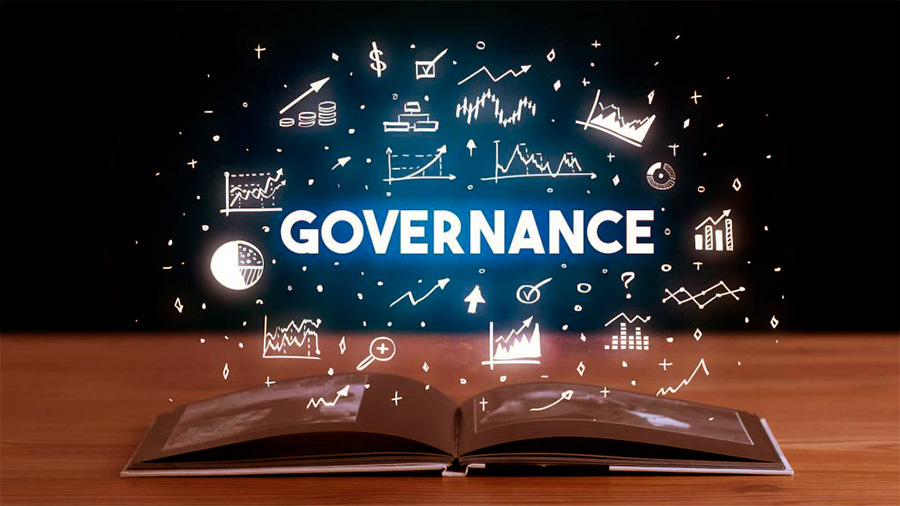Technogenic accidents—disasters caused by industrial, technological, or human-made failures—have profound effects on modern society. These events, ranging from nuclear meltdowns to chemical spills, not only disrupt daily life but also leave lasting societal, economic, and environmental consequences. As technology advances and industrial activities expand, the risk and impact of such accidents grow, making it crucial to understand their implications and develop strategies to mitigate their effects. This article explores the far-reaching impact of technogenic accidents on society, highlighting the challenges they pose and the lessons they offer.
Societal Consequences of Technogenic Accidents
Technogenic accidents often lead to significant societal disruption, affecting public health, community stability, and social cohesion. The immediate aftermath of such incidents frequently includes casualties, displacement, and psychological trauma, with long-term repercussions on the affected populations.
For example, the Chernobyl nuclear disaster in 1986 caused widespread health issues, including radiation-induced cancers and genetic mutations. Entire communities were evacuated, leaving behind ghost towns and severing social ties. Survivors faced stigmatization and mental health challenges, underscoring the profound societal toll of technogenic accidents.
Key Societal Impacts
- Public Health Crises: Exposure to hazardous materials leads to acute and chronic health conditions.
- Displacement: Evacuations and relocations disrupt communities and livelihoods.
- Psychological Trauma: Anxiety, depression, and PTSD are common among survivors.
- Social Inequality: Vulnerable populations often bear the brunt of disasters.
Addressing these societal impacts requires comprehensive support systems, including healthcare, mental health services, and community rebuilding programs.
Economic Consequences of Technogenic Accidents
The economic fallout of technogenic accidents can be devastating, affecting industries, employment, and national economies. Costs include immediate disaster response, long-term cleanup, compensation to victims, and losses in productivity and investment. In some cases, the financial burden extends across generations.
For instance, the Deepwater Horizon oil spill in 2010 caused billions of dollars in economic damage. The disaster impacted the fishing, tourism, and energy sectors in the Gulf of Mexico, with BP paying over $65 billion in fines, settlements, and cleanup costs. Local communities faced job losses and reduced incomes, illustrating the widespread economic ripple effects of such incidents.
Economic Ripple Effects
- Industry Disruption: Affected sectors, such as energy or manufacturing, suffer losses in revenue and productivity.
- Compensation and Liability: Companies face significant legal and financial obligations.
- Government Spending: Public funds are diverted to disaster response and recovery efforts.
- Investor Confidence: Reduced confidence in affected industries leads to decreased investments.
Effective risk management and insurance mechanisms are essential to mitigate the economic impact of technogenic accidents.

Environmental Consequences of Technogenic Accidents
Technogenic disasters often have catastrophic environmental impacts, causing long-term damage to ecosystems, wildlife, and natural resources. Contamination of air, water, and soil can persist for decades, disrupting ecological balance and hindering recovery efforts.
The Exxon Valdez oil spill in 1989, for example, released millions of gallons of crude oil into Alaska’s Prince William Sound, devastating marine life and coastal ecosystems. Decades later, traces of oil remain, and some species have yet to fully recover, highlighting the enduring environmental toll of such incidents.
Major Environmental Impacts
- Ecosystem Damage: Destruction of habitats and loss of biodiversity.
- Pollution: Contamination of air, water, and soil affects human and ecological health.
- Climate Change: Release of greenhouse gases exacerbates global warming.
- Resource Depletion: Damage to natural resources reduces their availability and quality.
Environmental restoration programs and sustainable practices are critical to minimizing and reversing these impacts.
The Role of Technology in Mitigating Impacts
While technology contributes to the occurrence of technogenic accidents, it also offers solutions for mitigating their impacts. Advances in monitoring, early warning systems, and disaster response technologies have improved preparedness and reduced the severity of disasters.
For example, remote sensing and drone technology are used to assess damage and guide cleanup efforts, while AI-driven models predict potential risks and optimize response strategies. Innovations in engineering and materials science also enhance the safety and resilience of industrial infrastructure.
Technological Solutions
- Monitoring Systems: Real-time tracking of industrial processes prevents accidents.
- Early Warning Systems: Alerts enable timely evacuations and mitigation measures.
- Disaster Response Tools: Drones, robots, and AI support efficient recovery operations.
- Resilient Infrastructure: Advanced materials and designs reduce vulnerability.
Investing in technology enhances society’s ability to manage and recover from technogenic disasters effectively.

Policy and Governance in Disaster Management
Governments play a critical role in preventing and managing the impacts of technogenic accidents. Regulatory frameworks, enforcement mechanisms, and international cooperation are essential to ensuring industrial safety and minimizing risks.
For example, after the Bhopal gas tragedy in 1984, India enacted stricter environmental regulations and safety standards for chemical industries. Similar measures have been adopted worldwide to enhance oversight and accountability in high-risk sectors.
Key Policy Measures
- Regulatory Oversight: Enforcing compliance with safety and environmental standards.
- Incident Reporting: Mandatory disclosure of accidents promotes transparency and accountability.
- International Collaboration: Shared frameworks and resources address cross-border risks.
- Community Engagement: Public awareness campaigns enhance preparedness and resilience.
Robust governance and proactive policies are crucial to minimizing the frequency and impact of technogenic disasters.
Learning from Past Incidents
Each technogenic disaster provides valuable lessons for improving prevention and recovery efforts. By analyzing past incidents, governments, industries, and communities can identify vulnerabilities, strengthen safety measures, and develop more effective response strategies.
The Fukushima Daiichi nuclear disaster in 2011, for example, underscored the importance of backup power systems and emergency protocols in nuclear facilities. In response, countries worldwide upgraded safety standards and enhanced contingency plans for nuclear energy operations.
Lessons Learned
- Proactive Risk Assessment: Identifying and addressing potential hazards before they lead to disasters.
- Enhanced Safety Protocols: Continuous updates to safety standards and training programs.
- Cross-Sector Collaboration: Engaging governments, industries, and NGOs in disaster management.
- Long-Term Planning: Prioritizing resilience and sustainability in recovery efforts.
Applying these lessons ensures that future disasters are managed more effectively, reducing their societal, economic, and environmental impact.
The Conclusion
Technogenic accidents pose significant challenges to modern society, affecting public health, economies, and ecosystems. Their impact underscores the need for comprehensive disaster management strategies, including prevention, response, and recovery efforts. By leveraging technology, enforcing robust policies, and learning from past incidents, societies can mitigate the risks and consequences of these disasters. As industrial and technological activities continue to grow, proactive measures are essential to safeguarding communities and ensuring sustainable development in the face of emerging risks.

